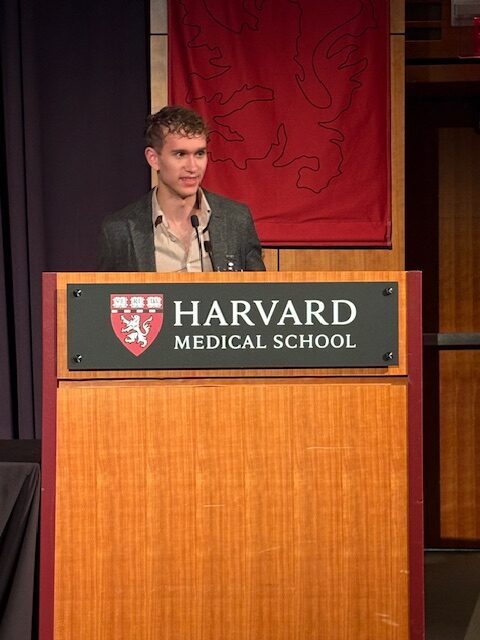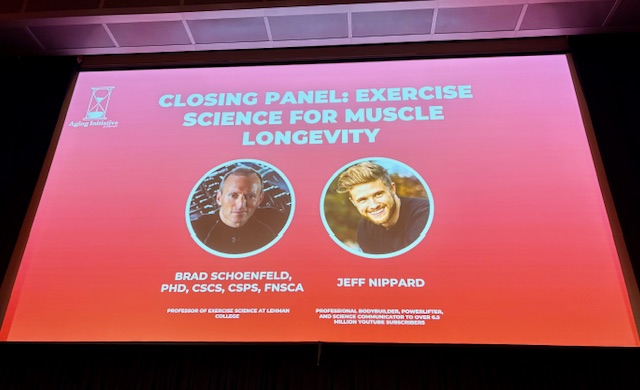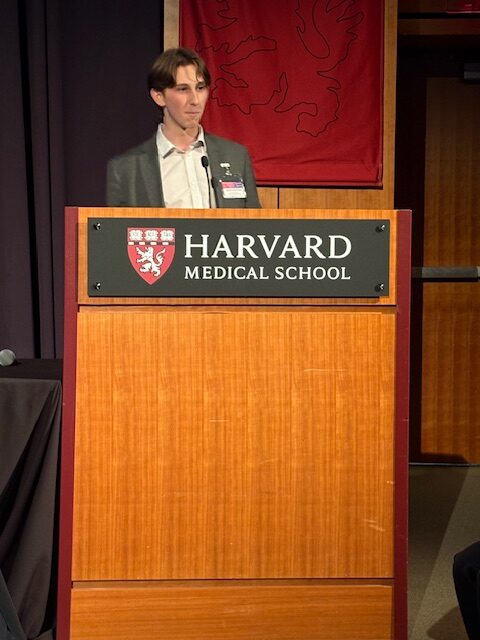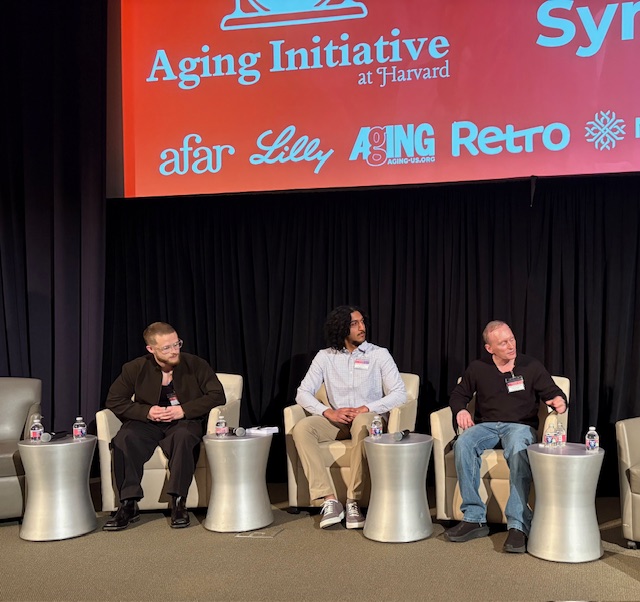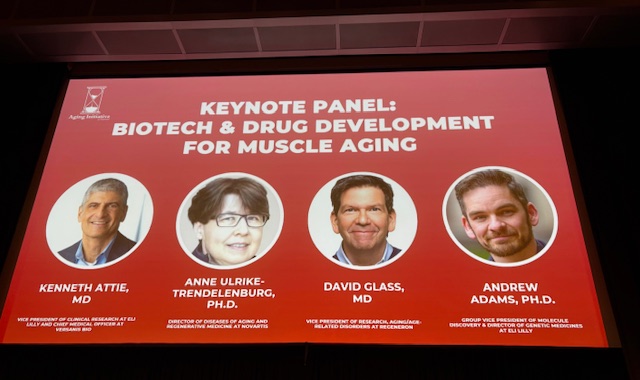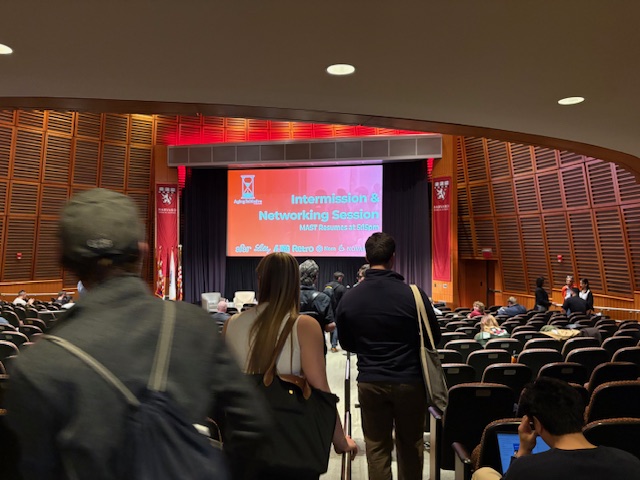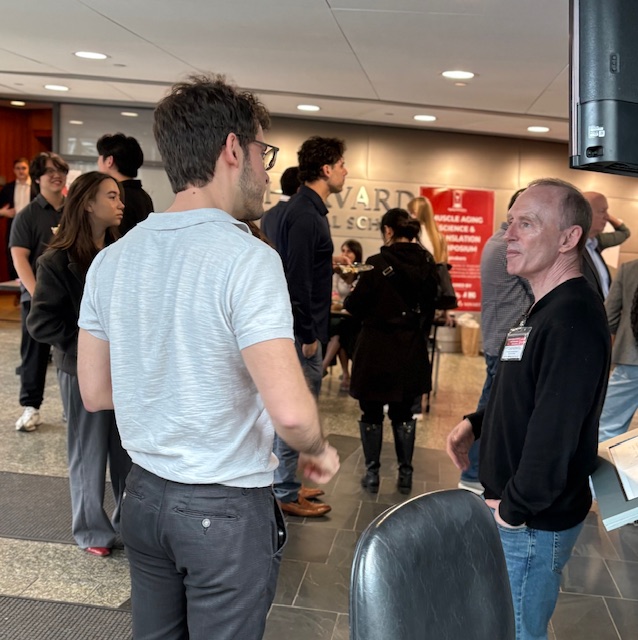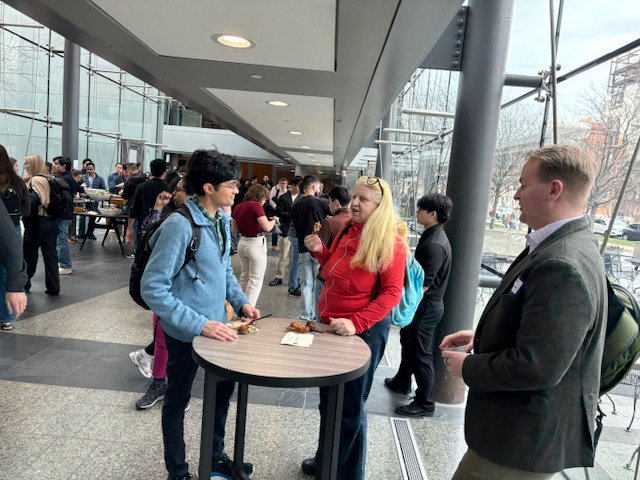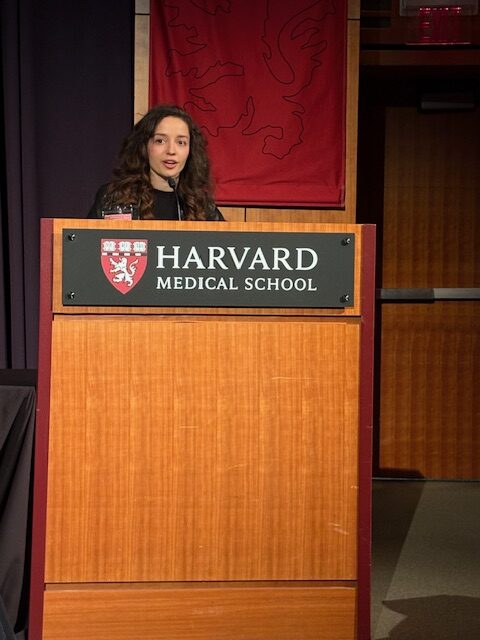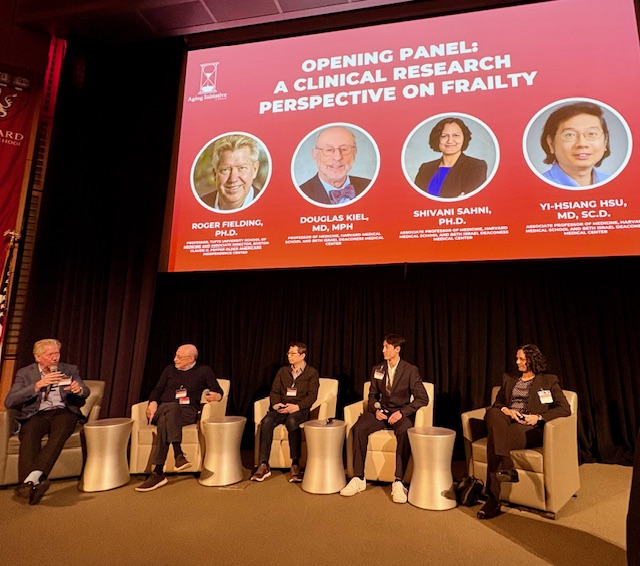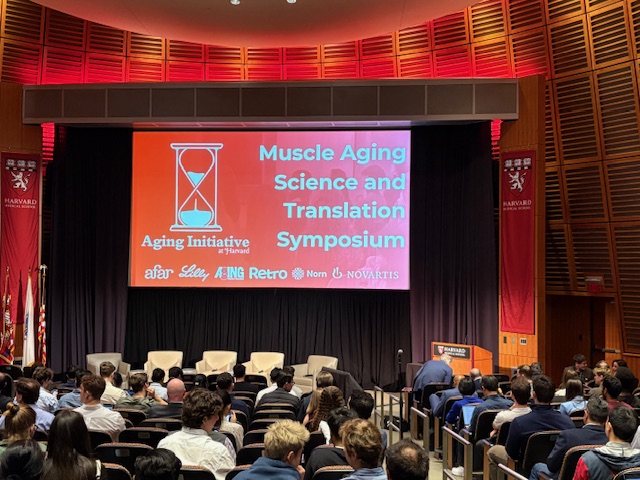“As advanced age is associated with increased incidence of hypoxia-associated conditions such as asthma, emphysema, ischemic heart disease, heart failure, and apnea, our findings have important implications for many people.”
As we age, our brains become more sensitive to stress and disease. A recent study sheds light on a lesser-known risk: reduced oxygen levels. The study, titled “Defining the hypoxic thresholds that trigger blood-brain barrier disruption: the effect of age” and recently published as the cover for Volume 17, Issue 5 of Aging (Aging-US), found that low oxygen—also called hypoxia—can harm the aging brain by disrupting the blood-brain barrier (BBB). This damage may contribute to cognitive decline, memory problems, and an increased risk of dementia.
Understanding Hypoxia in the Brain
The brain relies on a steady supply of oxygen to stay healthy. When oxygen levels fall—a condition known as hypoxia—the brain undergoes changes to adapt. These changes include the remodeling of blood vessels and, importantly, a weakening of the blood-brain barrier. The BBB acts as a filter, protecting brain tissue from harmful substances. When it breaks down, it can lead to inflammation, brain cell damage, and cognitive issues.
Hypoxia is common in older adults, especially those with conditions like sleep apnea, chronic obstructive pulmonary disease (COPD), heart failure, and asthma. That is why understanding the connection between low oxygen and the aging brain is crucial for preventing long-term neurological damage.
The Study: Exploring Brain Vulnerability to Hypoxia
To investigate how age affects the brain’s response to low oxygen, researchers at the San Diego Biomedical Research Institute studied young and old mice. They exposed the mice to different levels of oxygen—from normal (21%) down to 8%—to see at what point the BBB begins to fail. The study by Arjun Sapkota, Sebok K. Halder, Richard Milner, also tracked how sensitivity to hypoxia changes across the lifespan, examining mice from 2 to 23 months old.
The Results: Low Oxygen Damages the Blood-Brain Barrier in Older Brains
The results showed that older mice experienced blood-brain barrier disruption at higher oxygen levels—around 15%—compared to younger mice, which only showed damage at more severe hypoxia (13%). The damage in aged mice was also more severe: their BBB was four to six times leakier than in young mice under the same conditions.
Interestingly, the increased brain vulnerability began earlier than expected. Mice showed greater sensitivity to hypoxia between the ages of 2 and 6 months and again between 12 and 15 months. Additionally, microglia—immune cells in the brain—were more reactive in older mice, even at mild oxygen reductions. This suggests that as we age, the brain becomes not only more sensitive to hypoxia but also more prone to inflammation.
The Breakthrough: Understanding the Link Between Hypoxia and Cognitive Decline
This study is the first to clearly define how the threshold for oxygen-related brain damage changes with age. In simple terms, oxygen levels that are safe for young individuals can harm older adults. This discovery helps explain why conditions like sleep apnea, which reduce oxygen during sleep, are linked to higher dementia risk in older populations.
The Impact: A New Approach to Brain Health in Aging Populations
For older adults, keeping oxygen levels within a healthy range could be essential to protecting brain function. The study also has practical implications for people traveling to high altitudes. Oxygen levels similar to 15%, which were enough to cause BBB damage in aged mice, are found at elevations around 8,600 feet.
These findings highlight the importance of monitoring oxygen exposure, especially for those with chronic illnesses. Strategies to strengthen the blood-brain barrier may help reduce the risk of hypoxia-induced cognitive decline in aging individuals.
Future Perspectives and Conclusion
The aging brain is more vulnerable to low oxygen than previously believed. Even mild reductions in oxygen can lead to blood-brain barrier disruption, brain inflammation, and cognitive problems. This study offers valuable insights that can help guide future treatments aimed at protecting the brain in older adults.
For anyone living with respiratory or heart conditions, this research delivers an important message. Preventing hypoxia is just as crucial as treating illness. Monitoring and managing oxygen levels may not only extend lifespan but also help ensure better brain health and quality of life as we age.
Click here to read the full research paper in Aging.
___
Aging is indexed by PubMed/Medline (abbreviated as “Aging (Albany NY)”), PubMed Central, Web of Science: Science Citation Index Expanded (abbreviated as “Aging‐US” and listed in the Cell Biology and Geriatrics & Gerontology categories), Scopus (abbreviated as “Aging” and listed in the Cell Biology and Aging categories), Biological Abstracts, BIOSIS Previews, EMBASE, META (Chan Zuckerberg Initiative) (2018-2022), and Dimensions (Digital Science).
Click here to subscribe to Aging publication updates.
For media inquiries, please contact [email protected].


